Going through a manga version of the Divina Commedia
Hello Hivers,
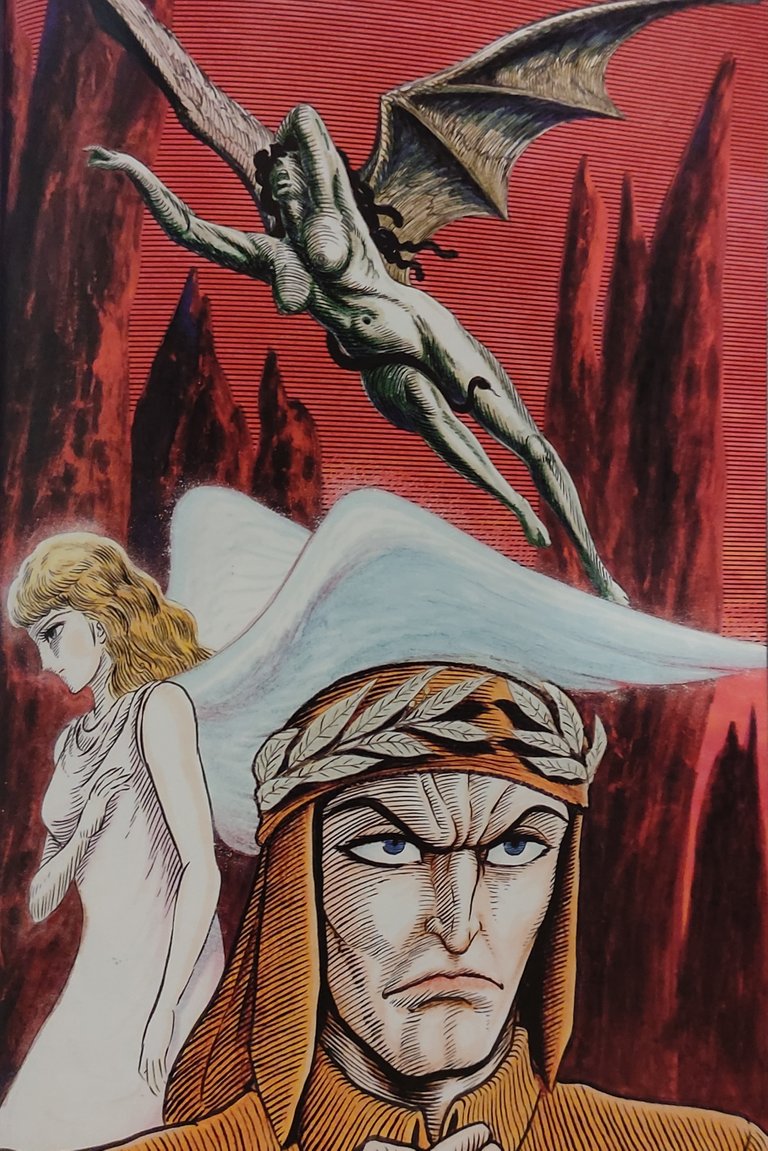
Sidenote: All the photos I am using in this post are taken from my original version of the book with my smartphone.

A Japanese cartoonist and writer. Considered one of the most important mangaka of all time, he is the author of works that have marked the modern history of comics by bringing two important innovations in Japanese manga and anime: in 1968 with the acceptance of eroticism in manga intended for children with Harenchi Gakuen and in 1972 with the introduction of mecha, huge robots guided by pilots placed inside them, starting from the anime Mazinger Z.
Among his works, one that I found really fascinating is Devilman. This latter is a manga that has been recently readapted with an anime version that you can find on Netflix. If you got the time, take a look at it, since it has one of the most fascinating finals in the anime history (if you have seen Neon Genesis Evangelion and liked the final, you will not be disappointed).
I have always liked manga and anime, and through my life I have seen and read a lot of them. Moreover I have always been fascinated by the Divina Commedia, especially the part related to hell.
So, I find this book really interesting, since it tries to mix this two things in something which, at least to me, seems really exciting.
For those of you that don't know of what I am talking about, in the Divina Commedia, Dante describes it's descent through the three reigns of the afterlife, Hell, where the souls of those who have committed unforgivable sins are punished, Purgatory, where the souls of those who have committed sins are waiting for their redemption, and finally Heaven, where the deserving souls are enjoying the prize for being. I have studied the Divina Commedia during high school and I remember that I was really fascinated by the breadth and depth of the themes. Dante had a type of knowledge which Today would be impossible for everyone else to have (apart the fact that he was also a genius of course).
Our society, differently than that of the Middle Age, has a type of approach to learning which is based on the concept of the specialization, and this is due to the fact that our knowledge of things is always increasing and in order to tackle the various problems we need an insight and a depthness on subjects which requires that one spends almost its entire life on a single subject to obtain some kind of results.
And the more we progress, the more this will be the case (unless we don't find a way to increase our life span, but still our brain has a limited amount of memory, so even in that case it would be really difficult).
During Dante's epoch this was not the case, one could study very different subjects and be considered an expert in any one of those.
And Dante is a clear example of this, in the Divina Commedia he shows how he had a very good knowledge of different subjects, like astronomy, philosophy, history, politics and so on...
The descent into hell
But let's start with the beginning,
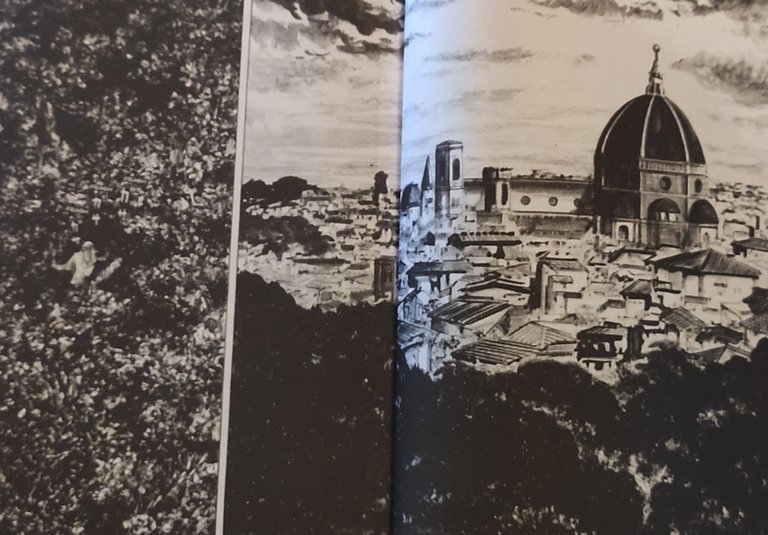
Dante imagines itself losing the way during a walk near Firenze, and he accidentally discovered what he will learn after a while to be the entrance of hell.
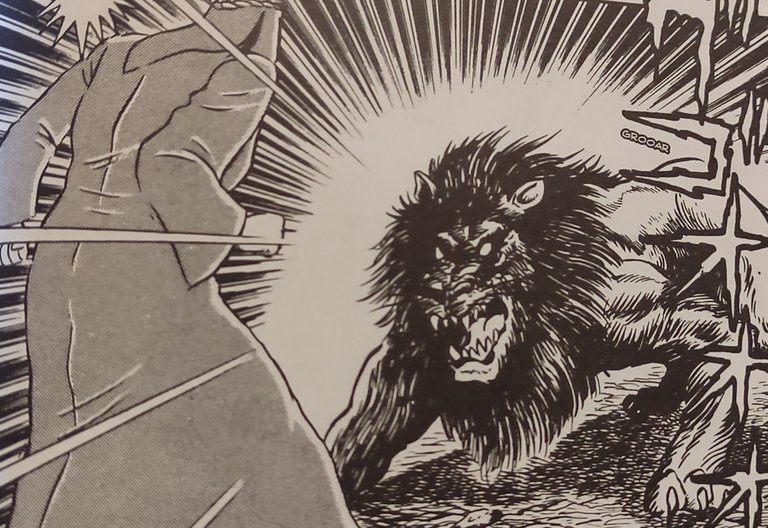
Here he is attacked by ferocious beasts, which prevent him from continuing.
Luckily for him, someone comes to his help and saves him. This someone is another very famous poet lived hundreds of years before him: Virgilio, the author of the Eneide.

Virgilio
Publio Virgilio Marone, more simply known as Virgilio, was a Roman poet. Author of three of the most famous works of Latin literature: the "Bucolics", the "Georgics" and the "Eneide". For the very strong influence he exercised in the literature that followed him, Virgil can easily boast the title of the greatest poet in Rome.
Virgilio explains to Dante that it is not a coincidence that he lost his way and that he ended at the entrance of hell, but that it's journey was "wanted from above". He told him that a woman that he knows really well, and that died some years before, is protecting him during its journey. This person is Beatrice.
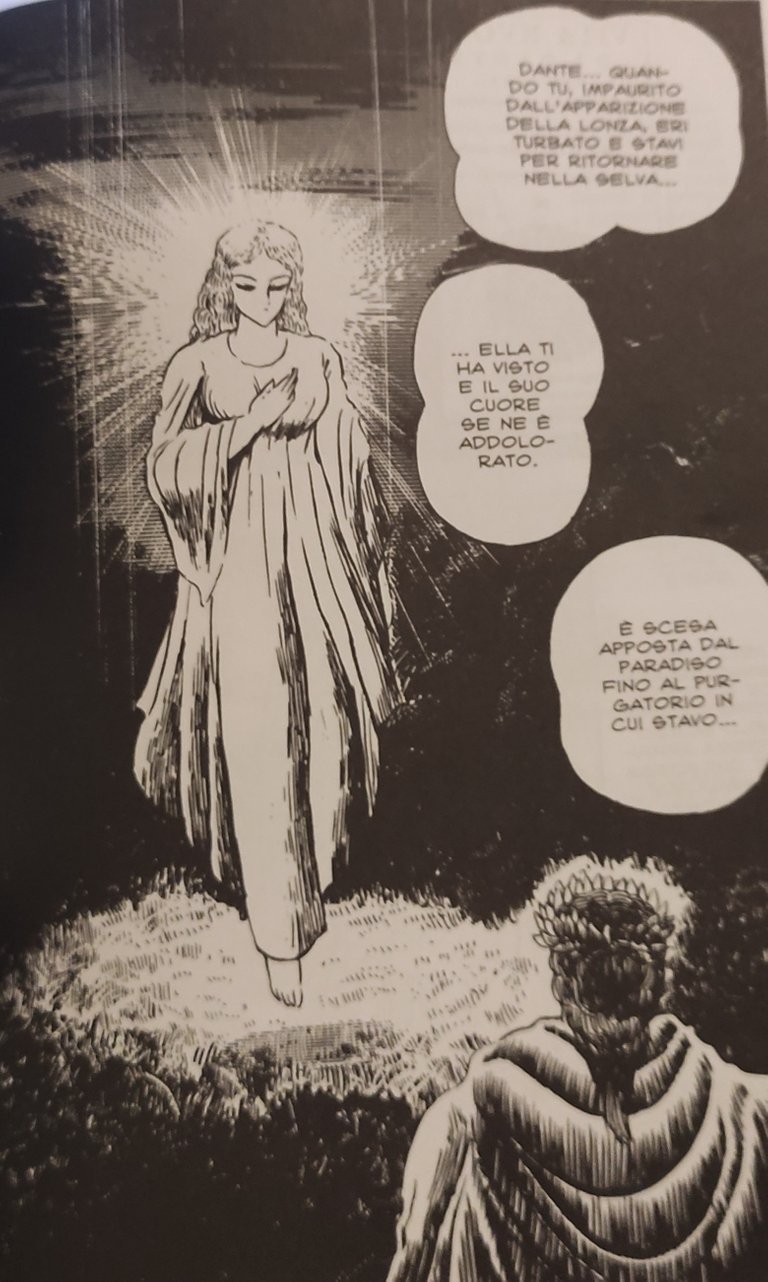
Beatrice
Beatrice, or simply Bice, was the daughter of Folco Portinari, a well-known banker who, in 1282, also held the role of Prior of Florence. Beatrice was Dante's true love. In his Vita Nuova, the poet reveals that he saw Beatrice for the first time when his father took him to the Portinari house for a May Day party. After Beatrice's death, Dante retired to an intense study and began composing poems dedicated to her memory.
Dante, reassured by the protection of his beloved Beatrice, decides to overcome his fears and to start his journey through afterlife.
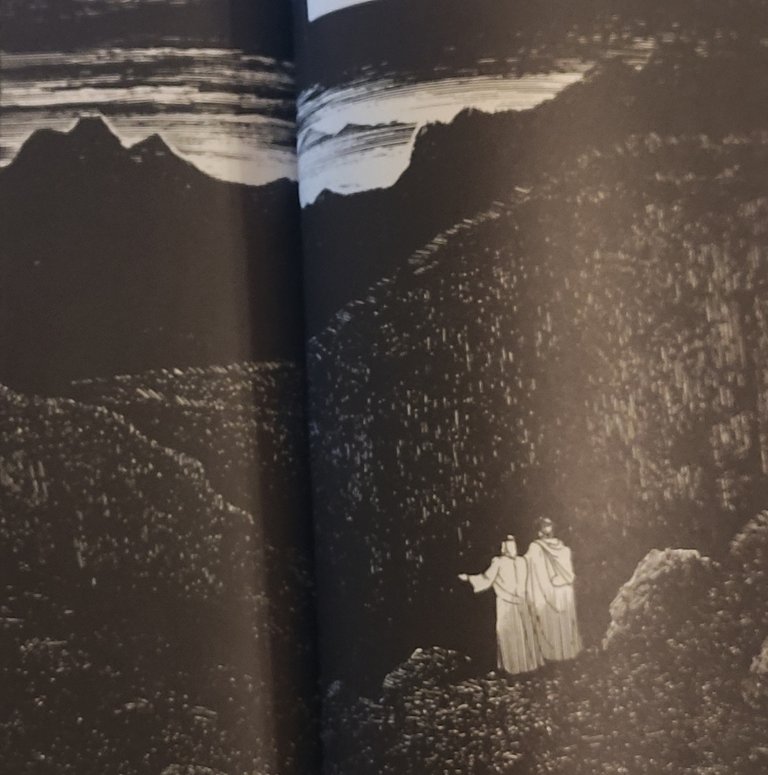
Let's start with a brief description on which was Dante's view of the three reigns of the afterlife.
Lucifer, formerly one of the most beautiful angels in the firmament, one day leads a revolt against God driven by pride. The revolt fails miserably and this angel, now damned, is hurled down from heaven. Falling to Earth, the ground is so horrified that it dodges: an immense chasm opens up that will be Hell. The displaced earth rises from the opposite side of the globe, forming the gigantic mountain of Purgatory (which basically a sort of cast of hell itself).
Jerusalem is the city through which you enter Hell: after a door that bears a threatening inscription engraved on it:
which means.
an area called Antinferno opens up where the slothful are found, that is, the souls of those who in life never chose to do good but not even to do harm, and are therefore refused both by the sky and by the underworld.
We find then a river, the Acheron, where a ferryman, Caronte, takes the souls of the damned on his boat towards the opposite bank.
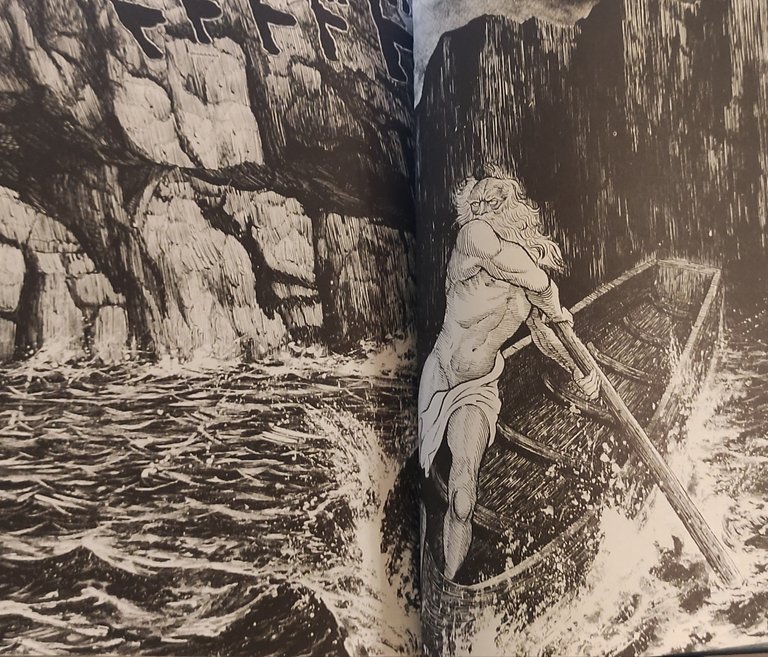
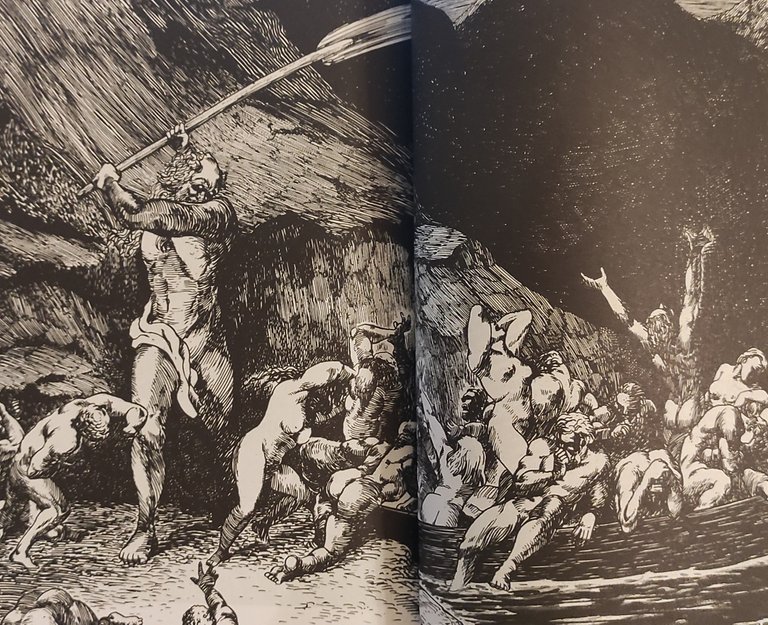
Here we find an area called Limbo - where we discover the souls of the unbaptized and those born before Christ - beyond which we finally enter the real Hell.
Dante's Inferno is made up of nine zones, nine "circles", that are gigantic cornices, one lower than the other as in a macabre arena, which continue downwards until reaching the center of the Earth where it is stuck Lucifer from the time of his fall.
In the second circle, the one dedicated to the lustful, there is Minosse, who is charged with judging souls and deciding their punishment, thus sending them to the group most suitable for them.
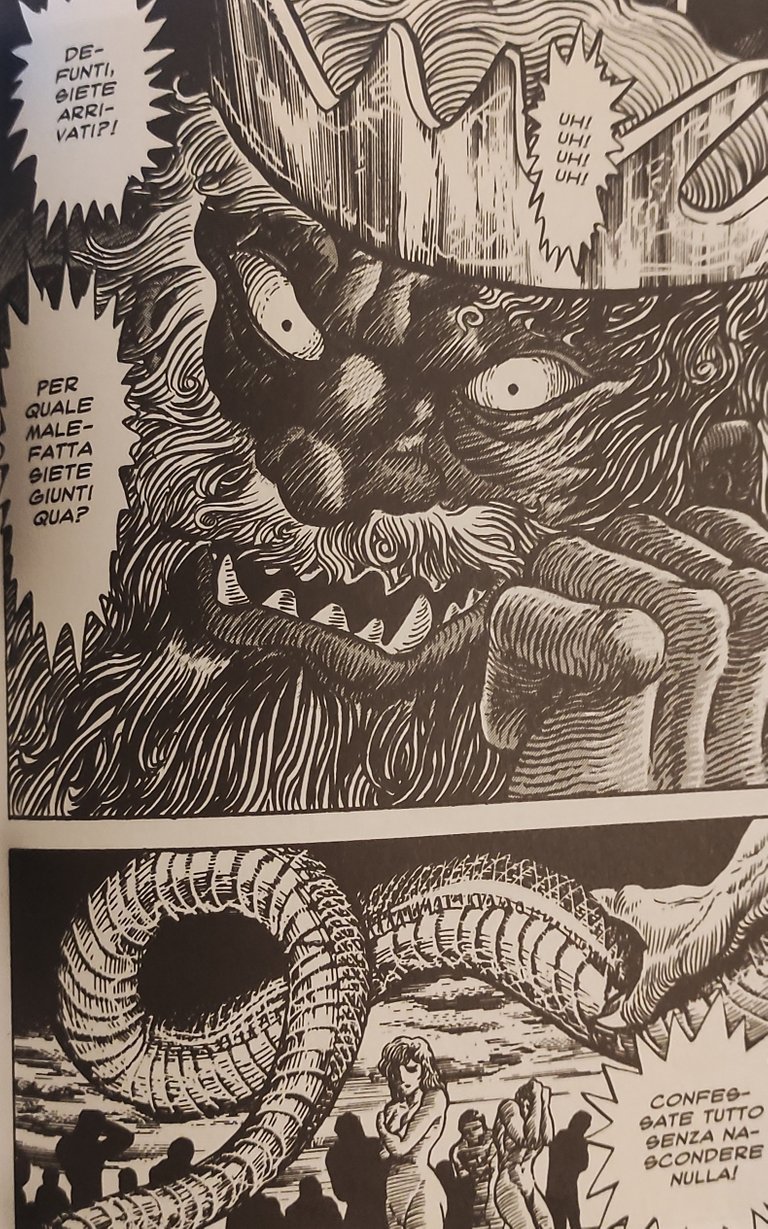
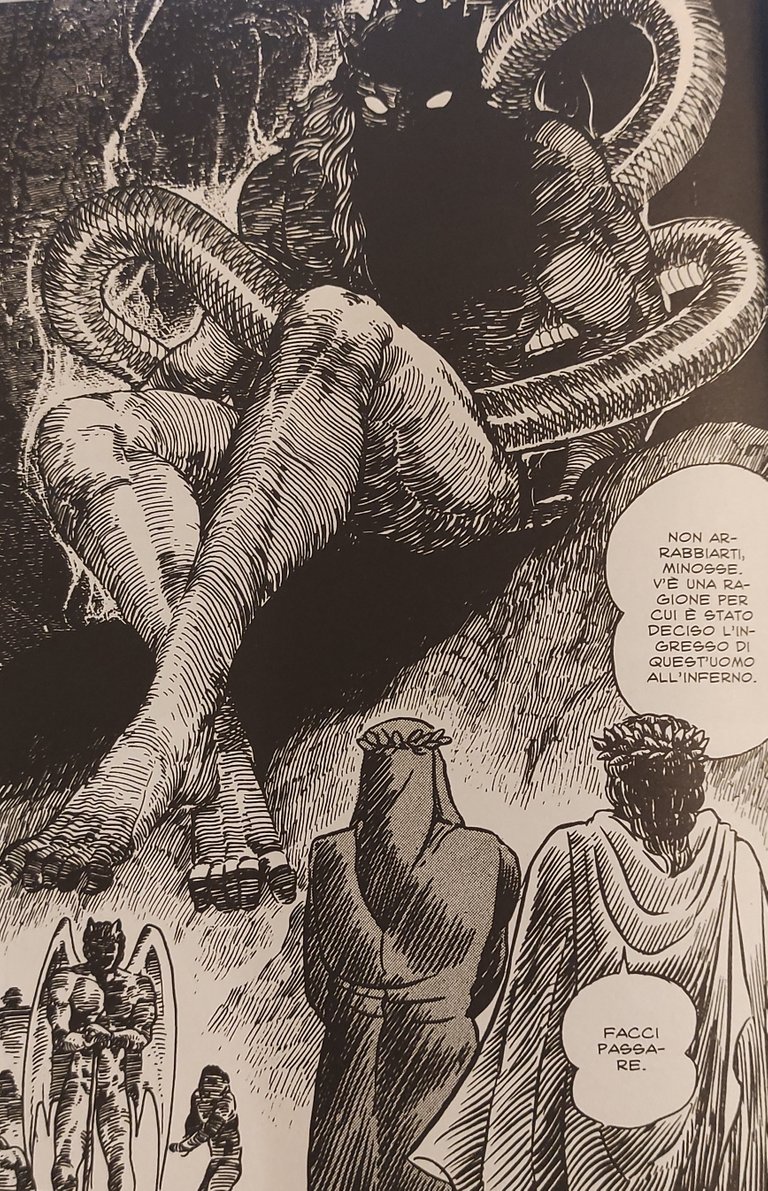
Minosse
Character of classical mythology, son of Jupiter and Europa, legendary king and legislator of Crete. Dante places him in Canto V of the Inferno, as judge of the damned who indicates to them which Circle they are destined for. Minos is placed at the entrance of the II Circle (lustful) and has bestial characters: he growls, he has a long tail that wraps around his body as many times as there are circles that the damned (who confesses all his sins) must descend.
Paolo and Francesca
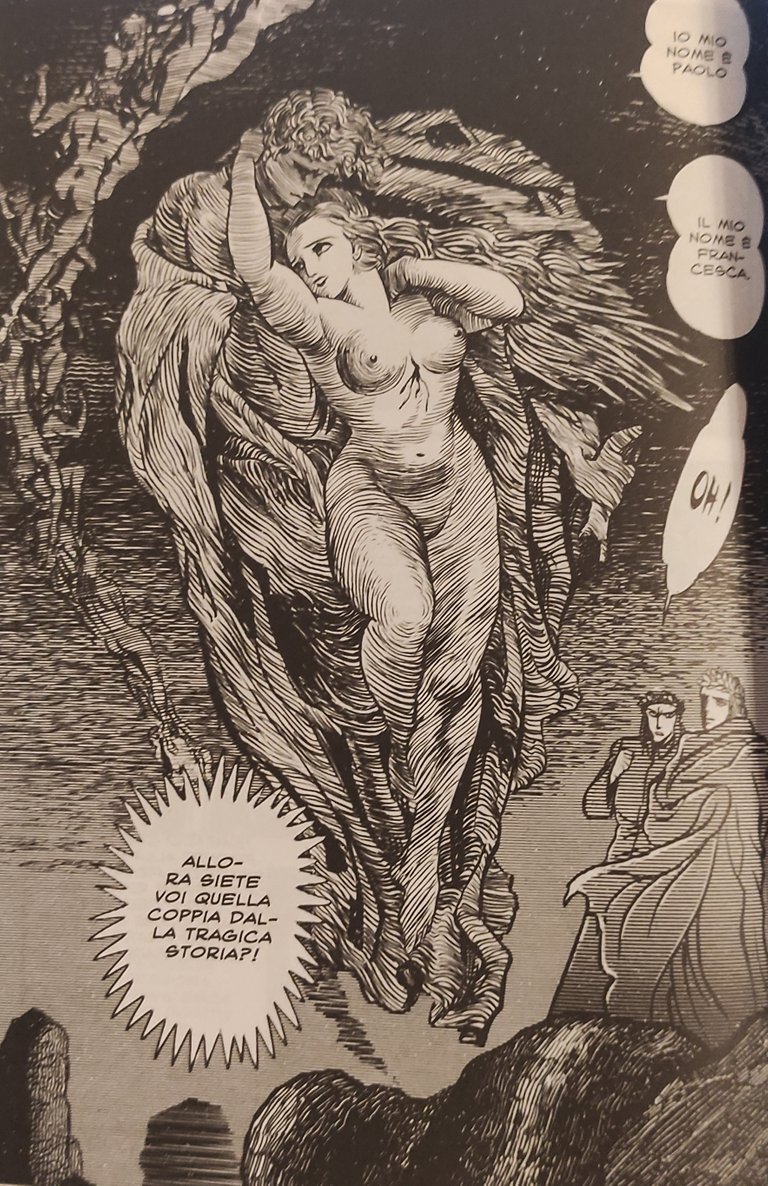
Two families have just restored peace thanks to the marriage of Gianciotto Malatesta with the beautiful Francesca. Before the wedding, Malatesta sends his brother Paolo to his bride, who inevitably falls in love with Francesca. Theirs is a doomed love because it is immediately discovered by Malatesta, who kills the two lovers out of jealousy.
A large part of Canto V of Dante Alighieri's Divine Comedy is dedicated to them. In the Comedy, the two young people depict the main souls condemned to the punishment of Dante's hell in the circle of the lustful.
Francesca explains to the poet how it all happened: reading the book that explained the love between Lancelot and Guinevere, the two found warmth in the trembling kiss that they eventually exchange and that characterizes the beginning of their passion.
Cerberus, Medusa and the Heavenly Messenger
Through their journey, Dante and Virgilio encounter several iconic figures belonging from mythology . Cerbero and Medusa are only two, but there also others like the Giants, Flegias, the Harpies, Centaurs and many others...
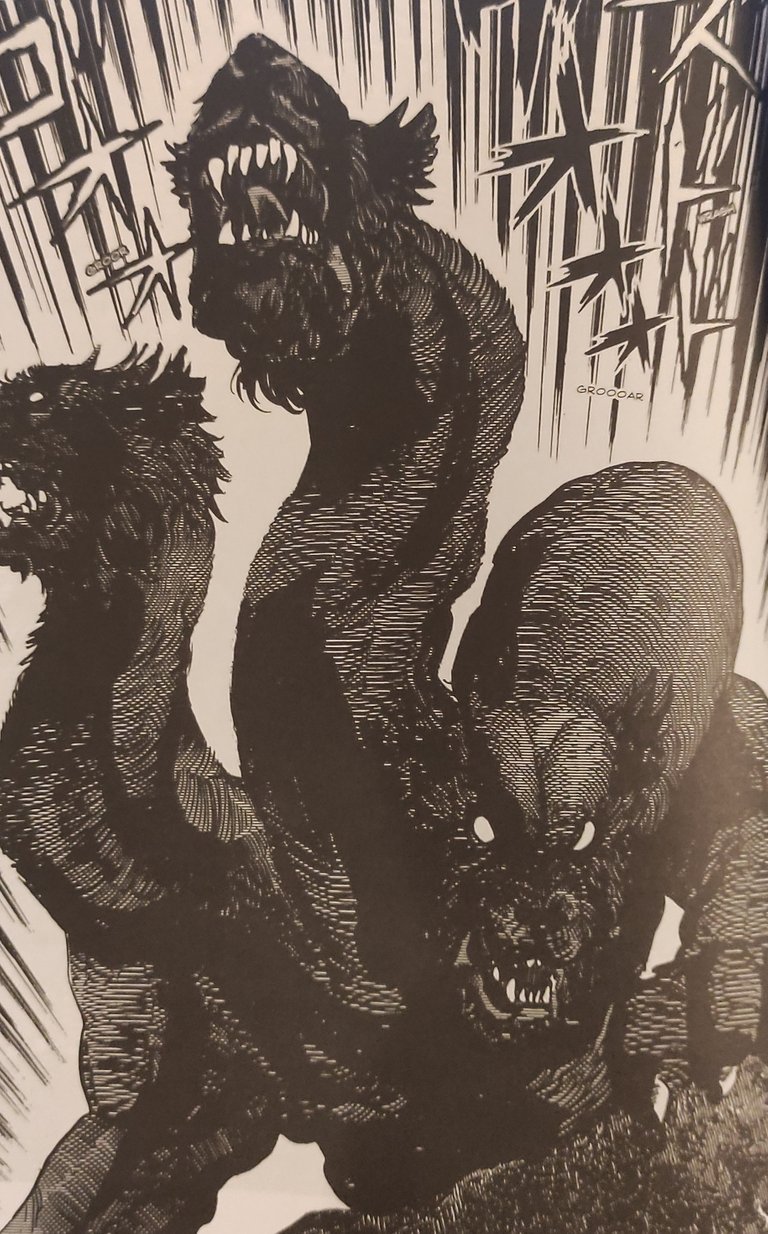
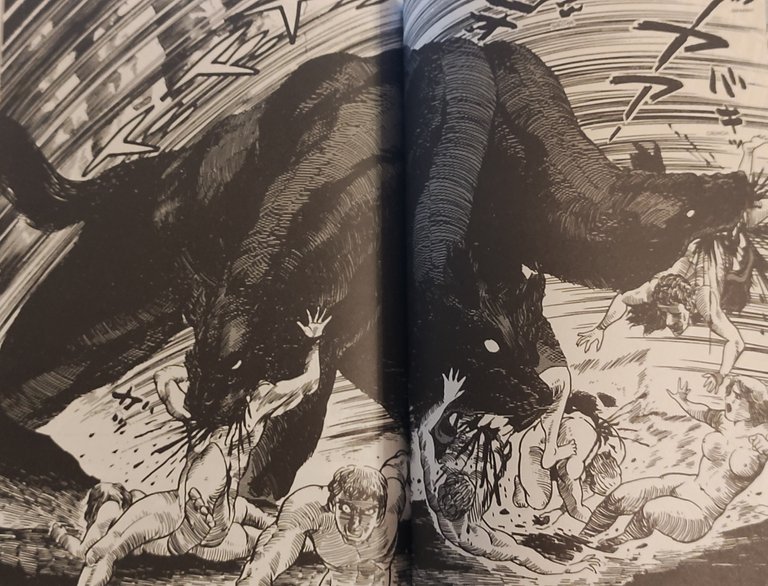
Cerberus
Character of classical mythology, son of Tifeo and Echidna, already present in the pagan Hades with the appearance of a three-headed dog as guardian of the entrance to the Underworld (Hercules, in one of his labors, dragged him out of Hades pulling him by a chain).
Dante places it in the custody of the III Circle (greedy), where it is an instrument of punishment as it scratches and skin the spirits with its claws.
The darkest area of Hell begins from the sixth circle, after the River Styx.
The City of Dite is the name of the deepest area of Hell that opens after the fifth circle. This area is further branched: the seventh circle (where the souls of the violent are punished) has three different "circles" within it, the eighth circle (where the souls of the fraudulent are punished) is in turn divided into ten different areas called "bolge".

Medusa
One of the three Gorgons of classical mythology, the most dangerous because it can petrify anyone who looked at her. She was killed by the hero Perseus with the help of Athena, with the help of her shield like a mirror (Perseus cut off her head).
Dante places it among the demons guarding the city of Dite. Although it does not appear directly but is only evoked by the three Furies in order to petrify Dante. Virigil, forces Dante not only to turn around but to cover his eyes with his own hands. Everything is then thwarted by the arrival of the heavenly messenger (our third character of this part), who overcomes the resistance of the demons.
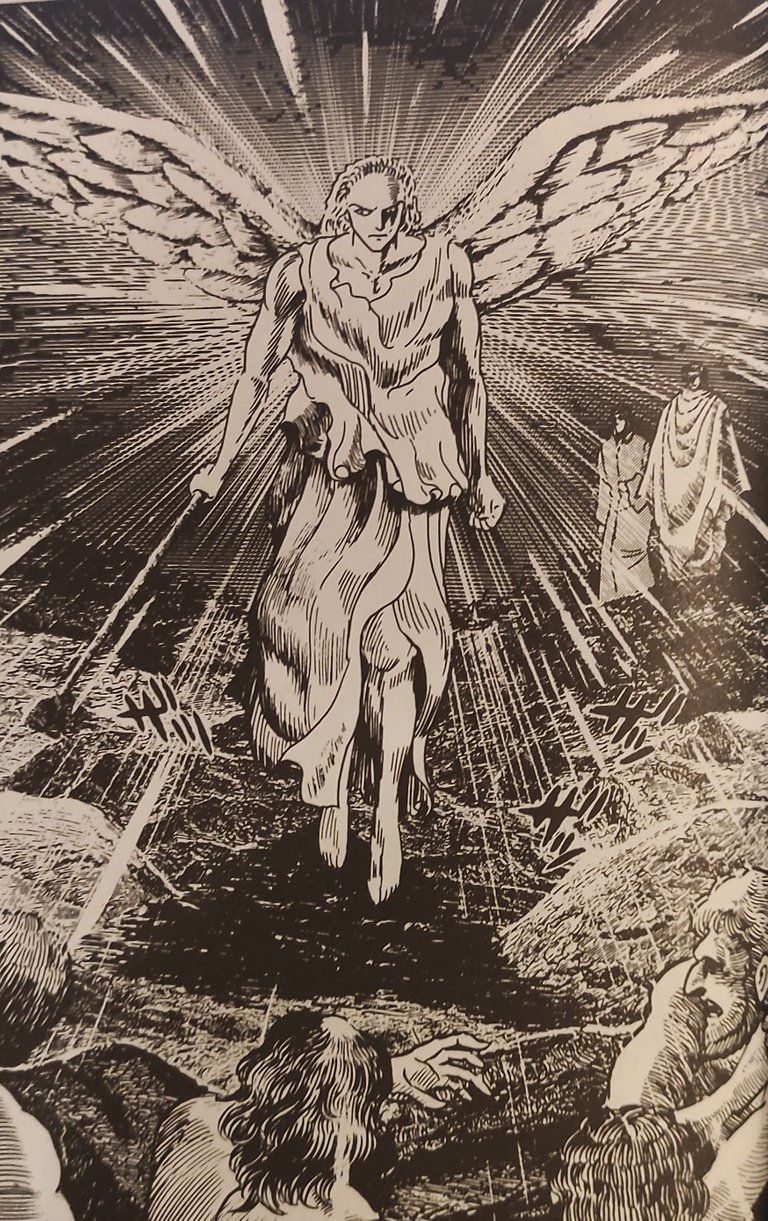
He is the divine envoy who arrives at the city of Dite to overcome the opposition of the devils and thus allow the passage of Dante and Virgil, whom the demons had tried in vain to obstruct. I have nothing much to say about him, but I really liked the drawing so I decided to add him 😂.
After ten ditches the gloomy pit of the giants opens up, after which we arrive in the last and most tragic area of Hell: the ninth circle, where traitors divided into four different areas are punished.
Count Ugolino

This is one of the harshest stories of the entire poem, Count Ugolino was imprisoned together with his its sons and nephews in the Tower of Muda, where they were left starving to death.
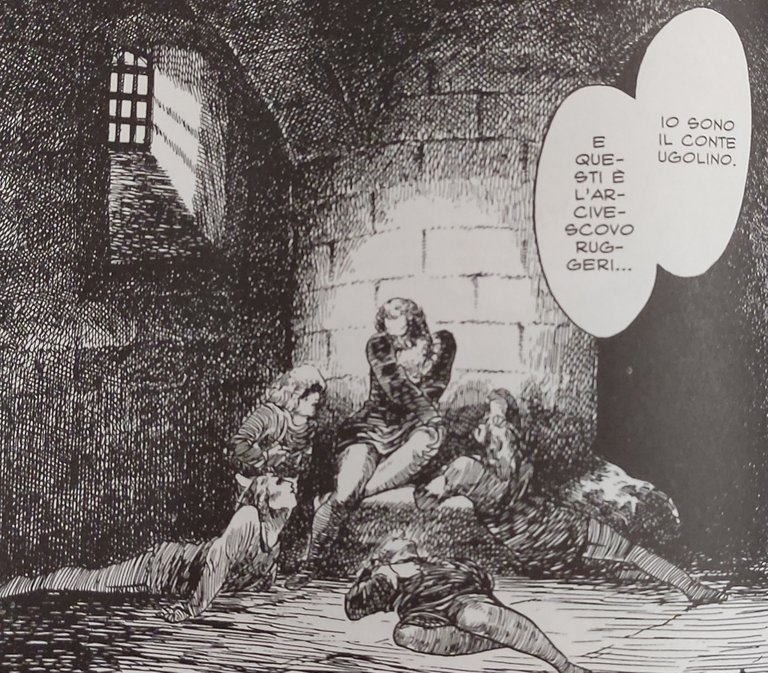
Count Ugolino
After several months of imprisonment in the Muda, following a dark premonitory dream made by him one night, the next morning the door of the tower was nailed down and no more food was brought to him and his children. The atrocious agony of the prisoners lasted about six days, during which Ugolino saw his children die one by one without being able to do anything to help them; for two days he had groped over their corpses calling them by name, then fasting had prevailed over pain.
Count Ugolino is considered a traitor of the fatherland by Dante and its punishment consists in him that is condemned for the eternity into biting the skull of Enrico Ruggeri (the one that locked him up in the tower).
Lucifer
And last but not least, the main "villan" of Hell, Lucifer. As I told before, Lucifer was once the most beautiful and bright angel in Heaven, but then after its rebellion was condemned to rule Hell. The drawings below show first the rebellion of a certain part of the angels leaded by Lucifer, and then how they are defeated by the Archangel Michael.
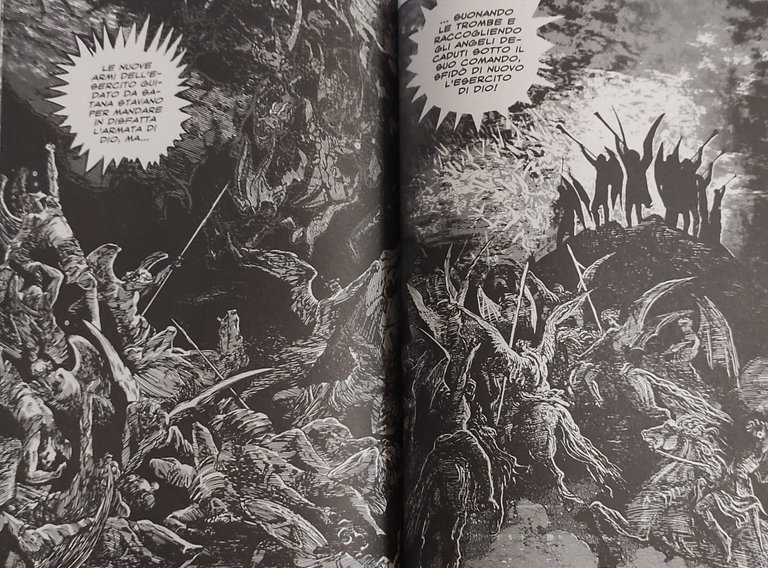
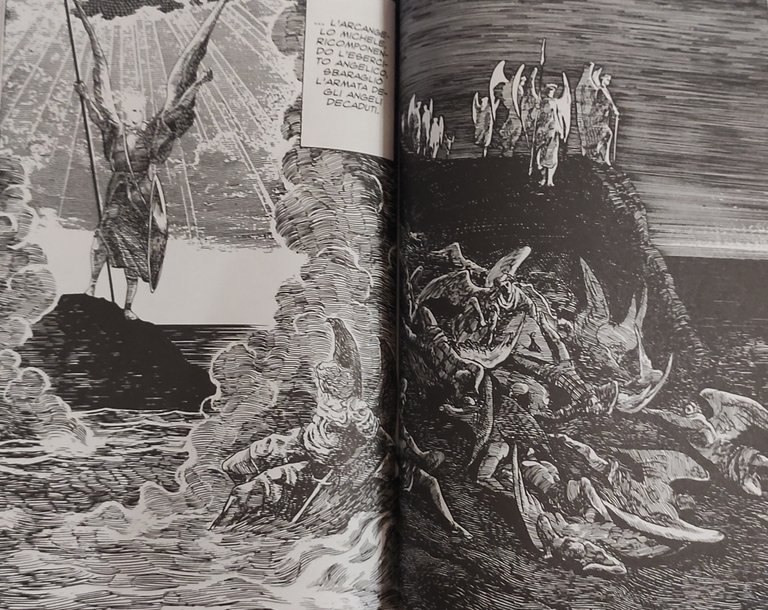
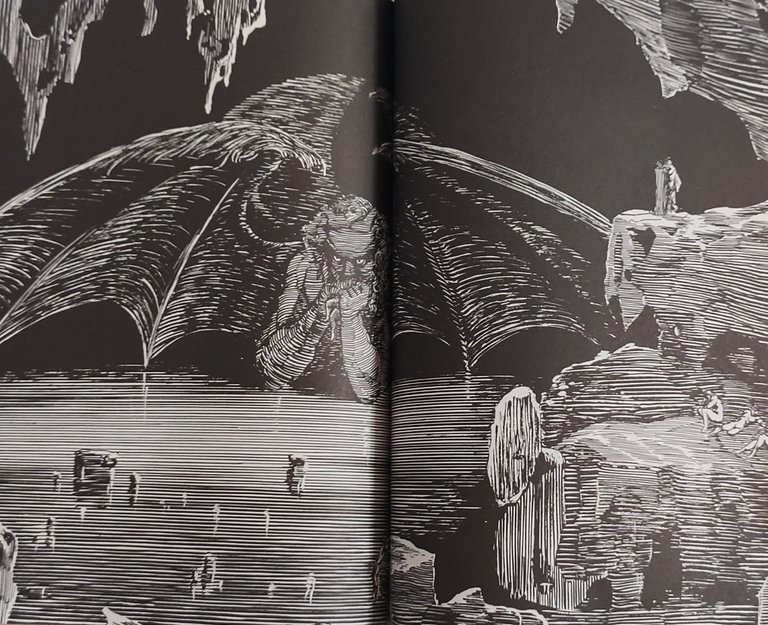
Lucifer
Dante describes him as an enormous and hideous creature, hairy, with three faces on a single head and three pairs of bat wings. Lucifer is stuck from the waist down in the ice of Cocitus, so only the upper side of the monster emerges; in each of his three mouths he slaughters a sinner with his teeth (Brutus and Cassius on the sides, Judas in the center, or the three main traitors of the biblical-classical tradition), while with his claws he scratches and skinned Judas' back.
This was a funny experiment, and I really enjoyed first of all reading the book and admiring the amazing drawings and then writing this post trying to recollect some of the information from my years at High school and using "holy" google for those that I wasn't able to recollect.
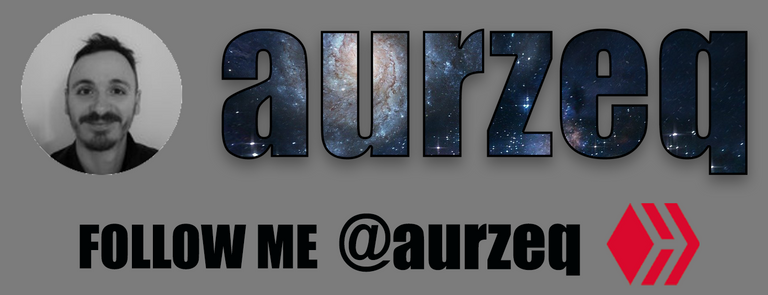
Great work man! This post is stunning :)
Ohhhhh!!! デビルマン!!! (Devilman!!) 😁👏 Love it so much! What a good #manga he created! 😀👍
🥦 !LUV 🥦
@mizuosemla(2/10) gave you LUV. | wallet | market | tools | connect | <><